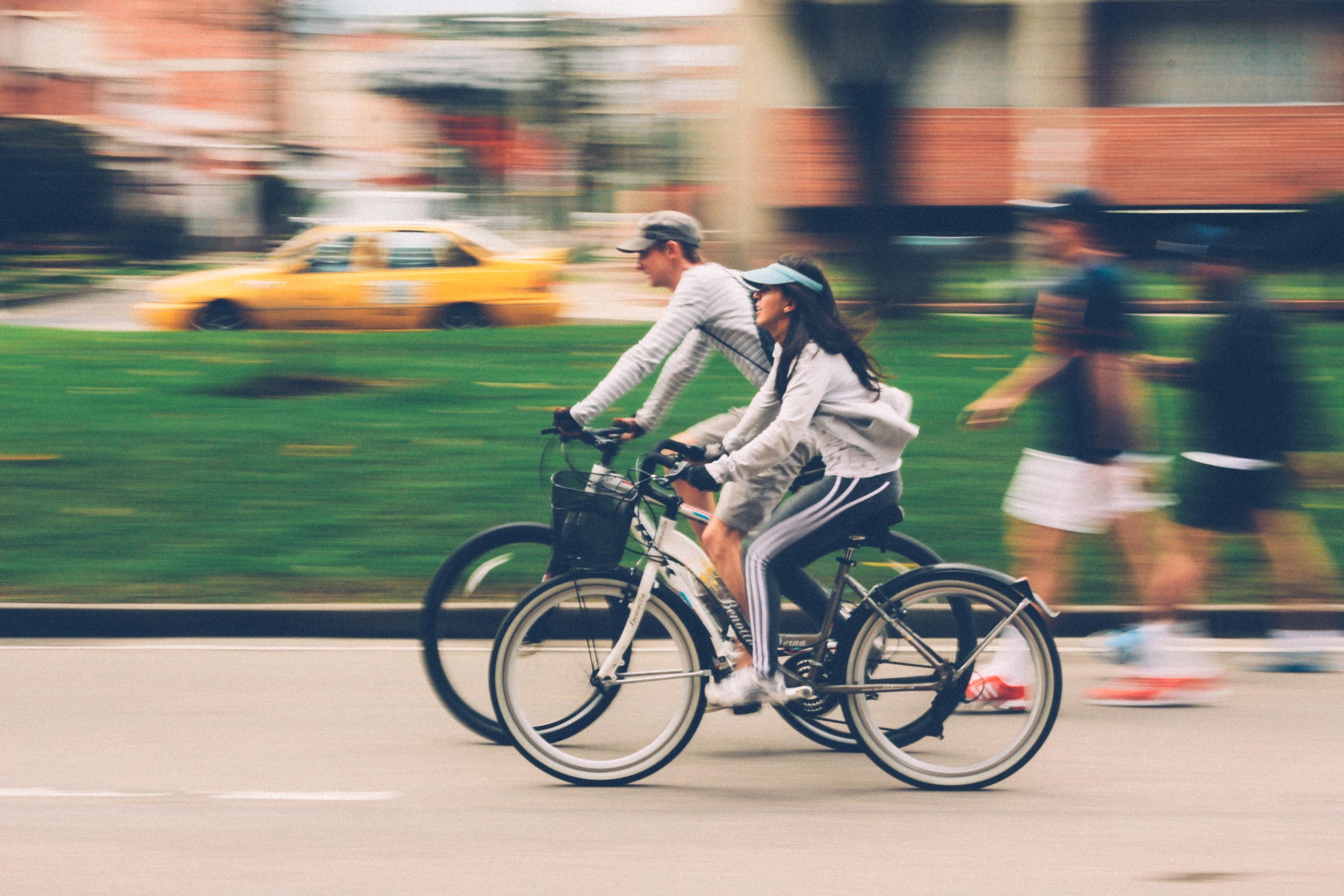Cycling
Cycling is a fantastic activity, whether you do it for fun and exercise as a hobby or compete at the highest levels of the sport in the Tour de France. However, it is also a sport that is incredibly easy to hurt yourself while participating in it. You don’t have to be a professional cyclist to understand that the least of any cyclists’ worries is a painful fall off the bike. In fact, cycling is a sport that has many repetitive motions and opens any participant up to knee, back, neck, ankle, foot, and elbow injuries. Therefore, we recommend that you firstly, choose the best protective gear, such as helmets and knee pads and select the right type of bicycle for you. Secondly, we recommend stretching pre-cycling and after to help to minimize muscle imbalances, prevent injury and improve your cycling performance.
Stretching
Stretching is an essential part of successful cycling. The following stretching program is designed for cyclists who do not have any current injuries or individual stretching needs. If you have an injury, or a specific mechanical imbalance that may be holding back your cycling performance, your Health Bound Health Network physiotherapist can design a stretching program just for you.

If you take your performance seriously, stretch after your 5-10 minute warm up (low intensity cycling) and after you cycle. If you are more of a leisurely cyclist you may prefer to stretch when you stop for a break rather than after your warm-up, especially during longer cycling trips, then stretch again after cycling. Competitive cycling is a dynamic sport so you’ll need both dynamic and static stretching. Dynamic stretches form part of your pre-ride or pre-race warm-up. Static stretches can be included at the end of your cool down or at other times to improve your overall fitness. Road racers will have different demands than downhill mountain bikers and will need to tailor their dynamic warm up according to the demands of their sport.
Pre-ride/ pre-race
General warm up (5-10 minutes). The aim of a general warm-up is to get the blood flowing to all parts of the body used during cycling, especially the cardiovascular system. A cycling warm-up will usually involve an on-road light ride or a steady spin on a stationary trainer. Dynamic stretching. Gradually the speed and intensity of cycling is increased. Off the bike, this may involve dynamic torso twists, jumps, and lunges.
Technical and speed warm up. This includes high intensity, cycling specific drills. Mountain bike drills for speed and agility should be kept short with recovery time between drills to ensure you are not fatigued before your race. Road racers may complete short hills, or flat road attack/sprint drills.
Post-ride/ post-race
Cool down. A cool down allows the body, in particular the cardiovascular system, to gradually return to its resting state. A cool-down reduces your chances of becoming dizzy or faint after exercise, allows any waste such as lactic acid that has built up during exercise to dissipate and may reduce your chance of having Delayed Onset Muscle Soreness (DOMS). Cool down by gradually reducing your intensity of cycling for about 5 minutes.This time may be shorter for sprinters and downhill riders, and much longer for distance cyclists.

